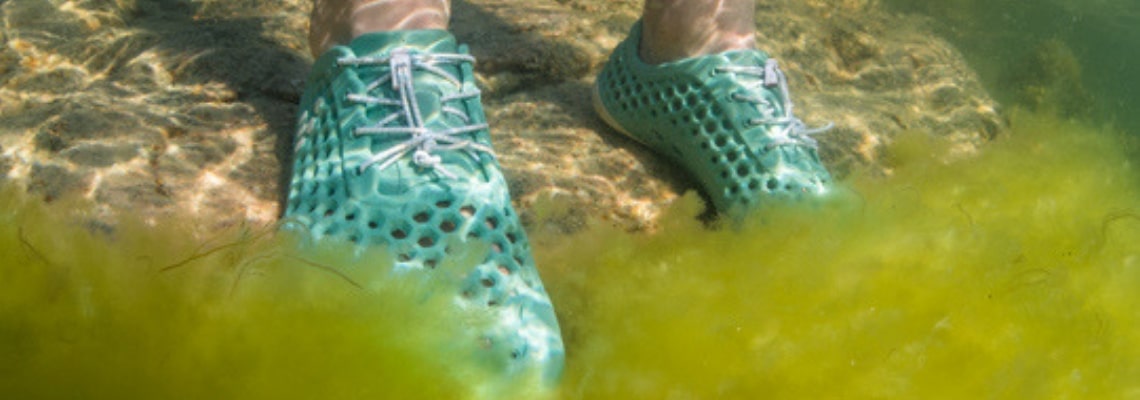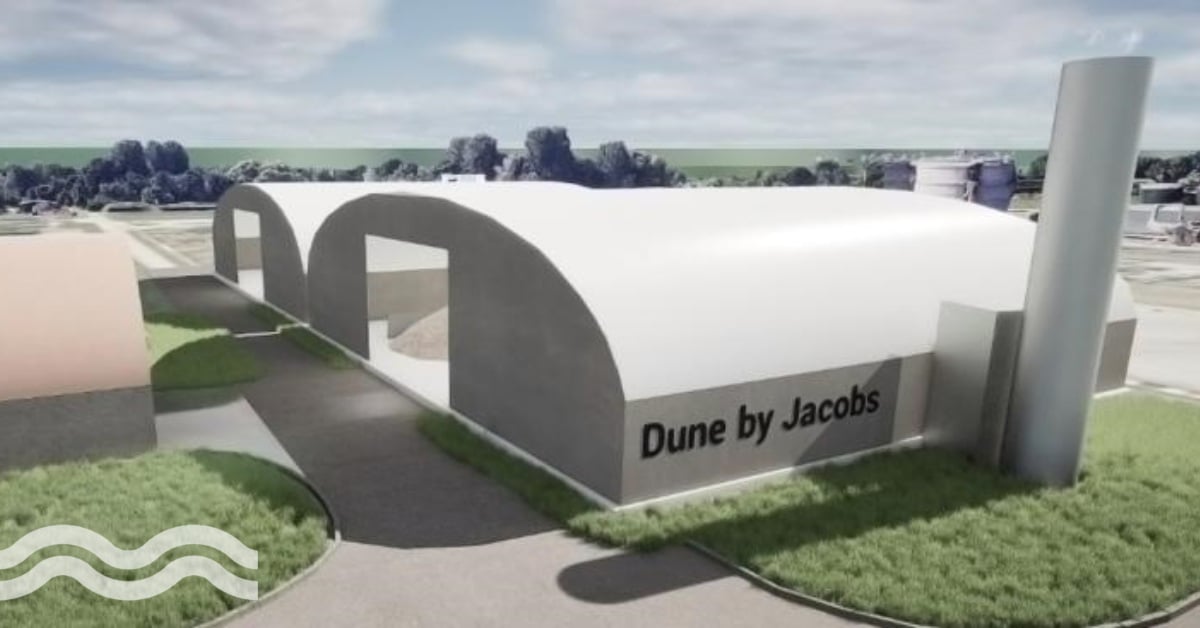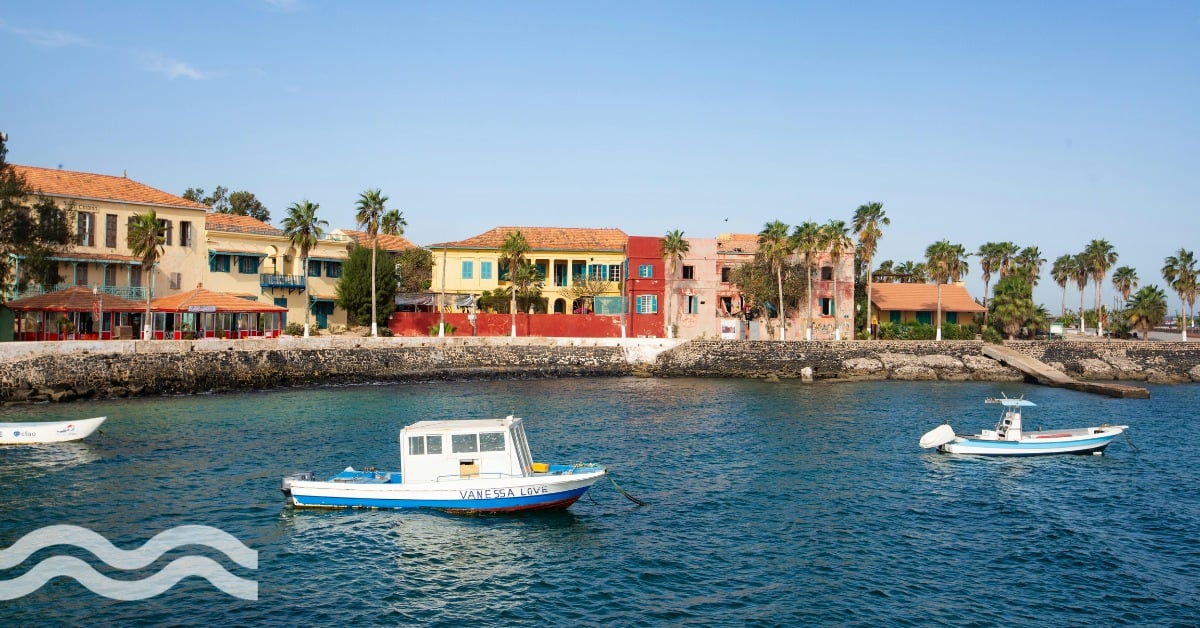Face scrub, poo pellets & algae trainers: 5 products embodying circular aspirations

Circular economy ambitions and announcements have become commonplace but what exactly does this phrase mean in reality?
European Union ambitions and greenwashing to one side, examples are now demonstrating how water companies and manufacturers are teaming up to showcase true closed loop, resource recovery.
From calcite and lime recovery in the Netherlands, through to waste briquettes in Kenya and phosphorus recycling in Denmark; we’ve found five great examples demonstrating that a Circular Economy is more than just a buzzword (or two!).
1. Calcite circular face scrub
Involving utility Waternet, Dutch partnership AquaMinerals and skincare company Naïf, this development could become the face of circular initiatives, quite literally.
Using calcite by-product from drinking water production, a new face scrub is being produced.
Drinking water lime, or calcite (CaCO3), is generated during the drinking water softening process in the form of calcite pellets.
In the Amsterdam-based ‘Calcite Factory’, the factory dries, grinds, sieves and hygienises the sand-free calcite pellets from the softening reactors of drinking water companies. The resulting end-product is a seeding material that water utilities can reuse in their softening operation.
The installation was built by Advanced Minerals, a subsidiary of the British water supply company, SES Water.
A good example of the circular economy, a material is extracted during water treatment, incorporated into a cosmetic product and then, following its use, is returned to the water, to be recovered again.
2. Eco Flame briquettes
A socially motivated company called Sanivation is shaking up how sanitation services are being delivered in developing nations.
The company installs modern “blue box” container-based toilets in people’s homes for free and then charges a small monthly fee to service them.
Collected waste is then transformed into a clean-burning, odourless alternative to charcoal. The final product is sold in supermarkets and returned to the customers under the brand Eco Flame briquettes.
The solution has a two-fold benefit, particularly in countries like Kenya where up to 95 percent of wastewater is not treated before being returned to the environment.
It also helps to reduce deforestation by illegal settlements for logging and charcoal production.
Below is a video showing the process:


